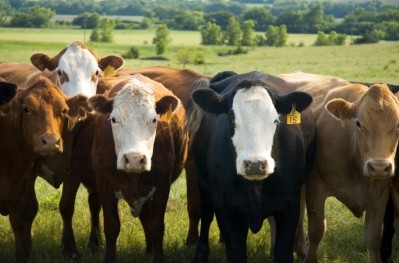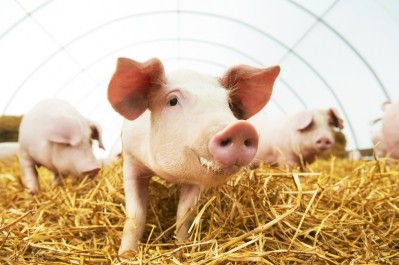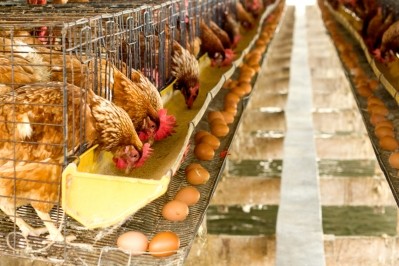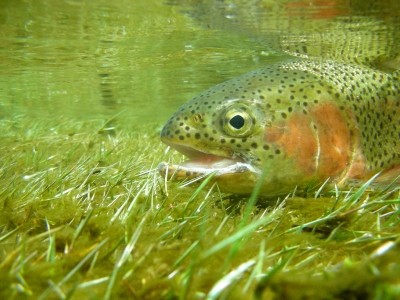Special Edition: Feed Safety
North American researchers fight mycotoxins with increased testing, awareness
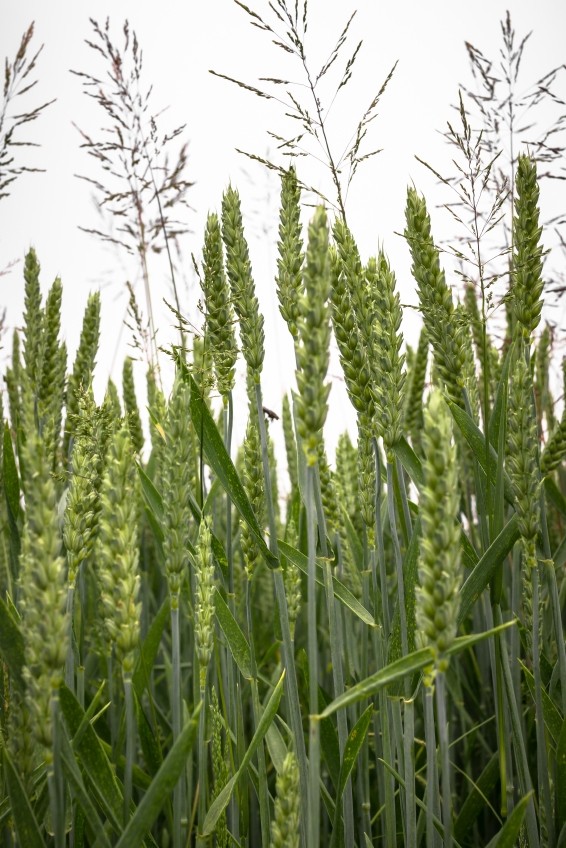
Several current strands of research into mycotoxins and mitigation efforts look at quicker or less expensive ways to test grains for multiple mycotoxins and determine the level of contamination because the toxins can have a detrimental impact on both human and animal health, said Chris Maragos, research chemist with the USDA’s Agriculture Research Service (ARS).
Others are looking at increasing understanding of mycotoxin formation in order to prevent their production.
There a huge variety of detection techniques as the analytic requirements differ depending on the location of the grain and how quickly tests need to be done, Maragos told FeedNavigator. “For example at a grain elevator, you’ve got to decide what to do with the grain, because you don’t want to mix contaminated and uncontaminated lots.”
However, other types of tests might work better for situations where it is critical to determine exactly how tainted the grain is rather than knowing whether toxins are present, he said.
Impact on animal health
Mycotoxins have a direct impact on animal health, particularly the gastrointestinal health of the animal by ‘chopping down’ the villi in the intestine leading to lower nutrient absorption and less efficiency.
Indeed, a paper published in Poultry Science (2011, Vol. 90, pp.1934-40) indicated that mycotoxins reduced animal performance. Feed intake was 12% less, said the paper, while weight gain was reduced by 14%, and the final body weight was reduced by 14% in broilers.
Additional data from a trial with nursery pigs found that mycotoxins were associated with animals that weighed 100 grams less, and the net return per pig was $11.50 less.
Research efforts
The holy grail of research would be to establish a mycotoxin free feed, said Nick Adams, director of the mycotoxin management team with Alltech. At one point it was thought that breeding mycotoxin resistant plants would end the issue, but that hasn’t happened yet, he said.
“You get mold growth and that mold produces the mycotoxin,” he said. “So how do we prevent mycotoxins, it comes back to how do you prevent mold growth?”
Steps that can be taken to achieve that objective range from changing the type of seeds planted to some of the farming practices used, such as how often a crop is rotated through a field, he said. However, the weather also remains a continued and uncontrollable factor when dealing with mold or mycotoxin growth.
With better identification of the types of mycotoxins that may be present in feed and a more complete indexing of the performance challenges they have on different livestock, measures can be taken to mitigate the problems, said Adams.
“Now it’s a question of understanding which mycotoxins you test for, so you don’t have to test for every mycotoxin every time, but testing for the ones that will have the biggest impact,” said the researcher. “That’s the goal, in 15 years’ time we could say, ‘we know that mycotoxins x, y and z are what gives 95% of the performance effect on (a certain) species.’”
The gap between testing for mycotoxins and being able to predict their effects has started to shrink in recent years, he said, but it still exists.
Role of genetics
ARS researchers are focusing on ways to promote plants’ defenses against fungal growth and mycotoxin production and on improving ways to identify which mycotoxins are present and to what degree, said Maragos.
The research team is exploring ways to fathom the genetics behind mycotoxins with the goal of increasing the resistance ability of the crop, he said. Other teams are studying a type of mold that has a symbiotic relationship with corn.
Maragos is focused, in particular, on improving detection methods for mycotoxins using bio sensors to find multiple types simultaneously. He also is developing ways to identify their presence without having to extract the toxin from the grain being tested, because the extraction process is lengthy and expensive. Additionally, disposing of the solvents needed to remove the toxin from the sample can be costly.
“For most of these methods, if you want to detect the toxin in the sample, you take the sample, you grind it up, add a solvent and you test the solvent solution either with a dipstick assay or mass spectrometry,” he said. “Almost universally it involves extracting the toxin, so one of the things we’re looking at is avoiding the extraction.”
Other researchers like Sheryl Tittlemier and her team from the Grain Research Laboratory and Canadian Grain Commission also are exploring new types of detection methods, specifically the process used to find the presence of Deoxynivalenol (DON) in wheat. However, her recent research focused on potentially reducing the steps needed in the testing process.
“This project was to show proof of concept, to see if (grain mill operators or others) that need to screen a lot of samples very quickly for DON can save time by simply analyzing the light dockage fraction from the dockage tester instead of sampling, grinding, dividing, and testing whole grain,” she said.
With the project, her group found that there was a correlation between the amounts of DON found in the light dockage and the whole grain, said Tittlemier. The next step for the process is to see how it works outside of lab conditions.
US concerns for this year
Several researchers said they are watching for different types of mycotoxins in US crops this year depending on the region and what grain is being grown.
For producers growing wheat, there has been a concern about the mycotoxin ergot alkaloids or ergot being present in parts of Illinois, said Dennis Bowman, educator at the University of Illinois Extension Service.
“The elevators are the first line of monitoring of the grain that comes in, at which point we’ll start getting flags and issuing press releases reminding folks about what the levels are,” he said.
Additionally, weather has placed a strain on some of the corn crop, he said, which could lead to the growth of a number of different molds and mycotoxins.
“The possibility of some stalk rots or ear rots is fairly high, and there seems to be an ear rot for any condition if the crop is stressed,” said Bowman. “If there are stressed plants then there’s an opportunity, and this crop definitely has stressed areas in it.”
However, there may not be much to be done to mitigate the growth of mycotoxins at this stage, he said as the time for spraying fungicide has ended.
One precaution to prevent further growth or spread of mycotoxins that can be taken after a crop is harvested is to make sure it’s stored correctly, he said. Crops should be dried thoroughly while in storage.
“Additional things can go wrong in storage and a crop that’s damaged by these toxins in the field is more susceptible,” said Bowman. “It has to be continued to be monitored until it’s utilized.”
While some of the rots that could develop won’t carry mycotoxins, farmers may see a dock for poor quality of ears though it would not affect feed quality, said the extension educator. If mycotoxins develop, then the crop would need to be monitored more closely and grain elevators would start to test more often for the levels of different mycotoxins.
“They don’t want to end up with an elevator or storage bin that’s got too high levels that they can’t market it,” said Bowman. “They don’t want to contaminate it, and they’ve got to watch for those risks.”
In North Carolina, farmers and researchers are watching for a different mycotoxin threat, said George Ferguson, feed compliance officer with the North Carolina Department of Agriculture. They’re watching for aflatoxin and other complications brought on by drought.
The facility has already started testing work as some farmers are cutting their crops early to sell as silage, since the lack of water meant it wasn’t developing well, he said.
The lab is currently working in an alert stage and trying to turn around samples requesting aflatoxin and nitrate testing in a shorter than usual time period, he added.
